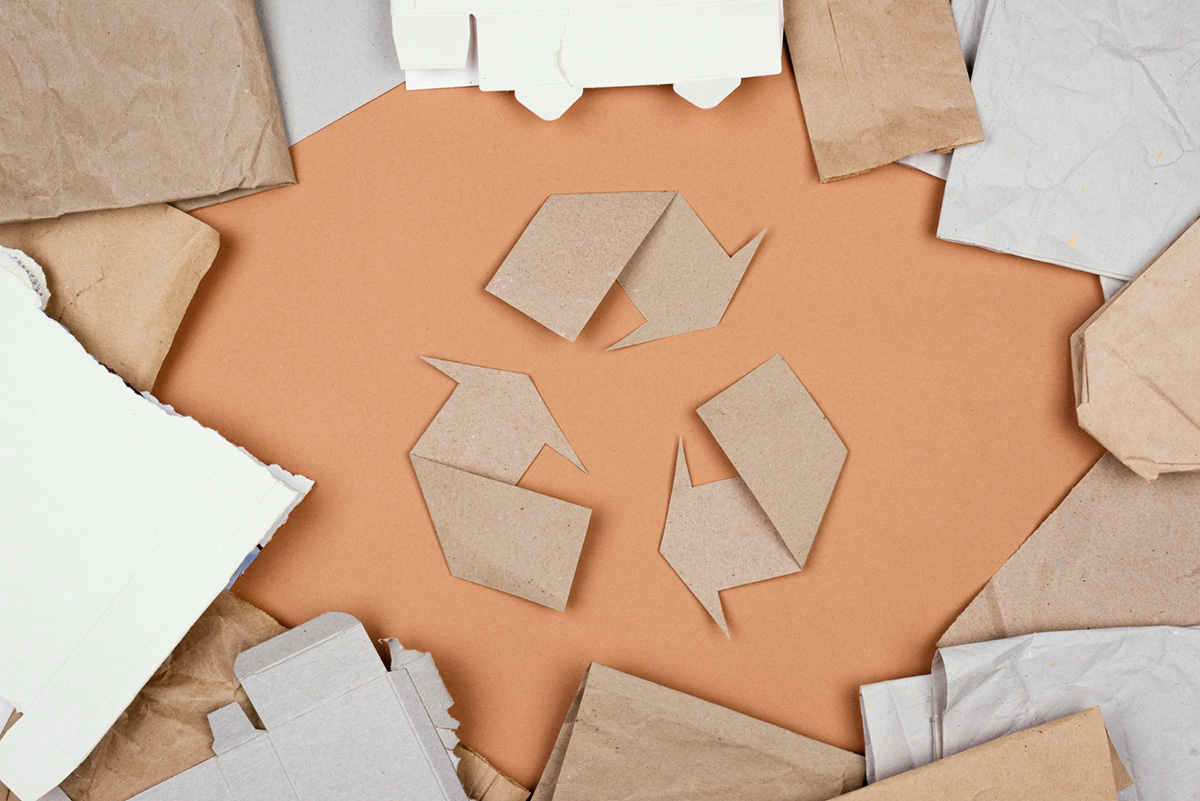
Recycling has become an essential activity worldwide, and paper recycling is a crucial part of it. Recycling paper helps conserve natural resources, reduce waste in landfills, and protect the environment. In this blog post, we will explore the paper recycling process and its importance in our daily lives.
The first stage of the paper recycling process is the collection of used paper products. These products include newspapers, books, magazines, office paper, cardboard boxes, and others. Recycling companies gather such products in bulk from communities, businesses, and schools and transport them to their recycling facilities.
Once the used paper products arrive at the recycling facility, they go through the sorting process. The sorting process involves separating the papers into different grades based on their quality and composition. Grades can include mixed papers, newspapers, cardboard, and white office paper. The sorting process is essential to produce high-quality paper products.
After sorting, the paper products undergo shredding into tiny pieces. The purpose of shredding is to reduce the size of the paper fibers and increase surface area. Once the shredding is complete, the paper fibers go through pulping. Pulping involves soaking the fibers in water and chemicals to break down the fibers further into a slurry.
The paper fiber slurry goes through cleaning to remove any inks, staples, and other contaminants. Cleaning occurs through various processes, including screening, centrifuging, and washing. The final product is clean, de-inked pulp.
The clean pulp then goes through a beating process to make it stronger and increase its surface area. Beating produces recycled paper with better tensile strength and brightness. The final step in the paper recycling process is drying. The clean, reinforced pulp gets pressed, rolled, and cut into large sheets and then dried before converting it into new products.
The paper recycling process is a critical part of conserving natural resources and protecting the environment. The process involves collecting, sorting, shredding, pulping, cleaning, reinforcing, and drying. Paper recycling helps reduce waste in landfills, conserve forests, and decrease greenhouse gas emissions. At All County Recycling, we make it our mission to help communities and businesses recycle paper and other materials and contribute to creating a more sustainable future. Contact us today to schedule a free inspection for paper recycling in New Jersey.